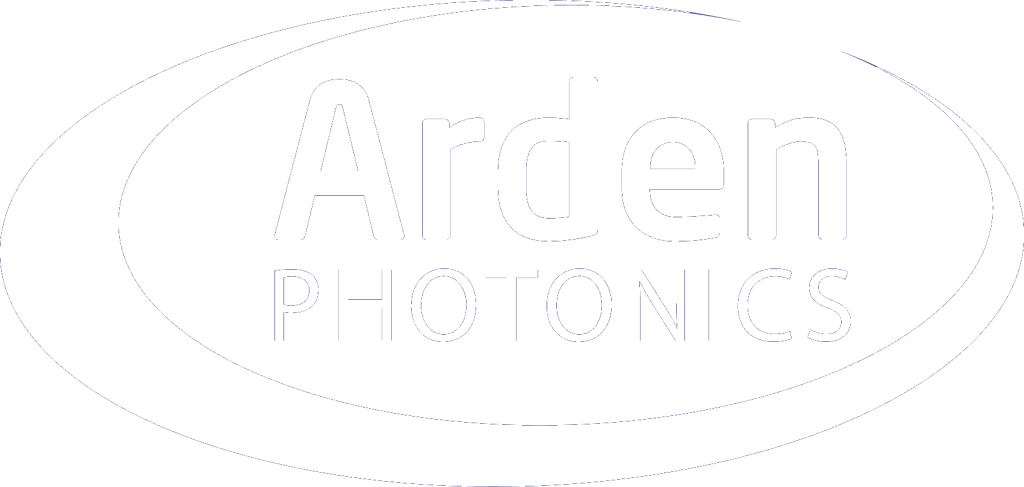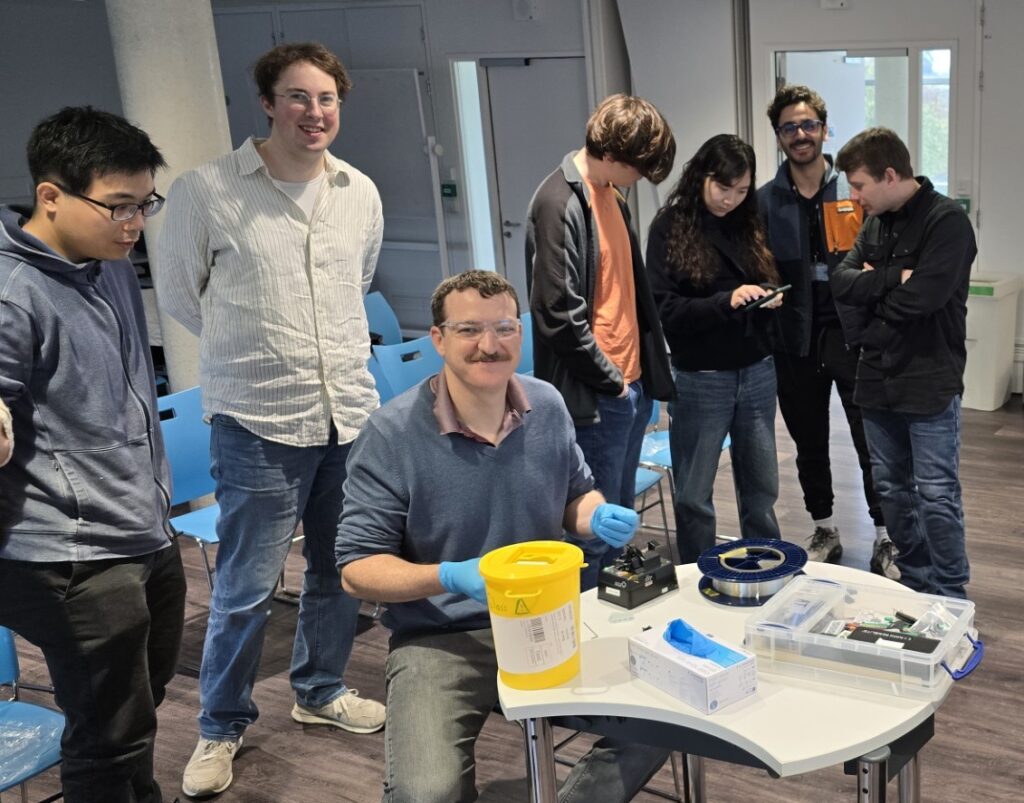Artificial Intelligence, Metaverse and cloud computing are big technological breakthroughs. They are improving and changing our lives every day, and at the same time increasing the demand of bandwidth, speed and reliability of data networks. The capacity crunch can result in slower internet speeds, dropped connections and increased latency and delay times. The industries are calling for the upgrade of network infrastructure to address the increasing demand of data transmission. Undersea cable networks (or submarine cables) play a critical role in connecting continents and delivering data across the globe to facilitate these technological advancements. The size of the cable is one of the key bottlenecks in achieving faster transfer speed through undersea cable networks. Multicore fiber becomes a key element of evolving the submarine cable networks by offering faster data transmission speeds and improved reliability, but how do manufacturers overcome the challenges in their deployment?
Multicore fiber allows multiple cores to be integrated into a single strand of fiber, providing increased data transmission capacity. In contrast, traditional optical fiber only has a single core. Whilst the size of the undersea cables is standardised, by utilising multicore fibers, undersea cable networks can transmit more data over the same amount of space, increasing the efficiency of data transmission and reducing the cost of cable deployment.
However, the signal quality and reliability of the network are influenced by the quality of splicing and connectivity of the multicore fiber. Over a long distance of submarine cables (tens of thousands of kilometres), any imperfections or misalignments can result in signal attenuation, increased latency, and reduced bandwidth capacity, which could lead to additional costs in cable maintenance and repair.
To achieve optimal splicing of multicore fibers, manufacturers developed specialised instruments to ensure fibers and each fiber core are precisely aligned and spliced together. A way of doing so is to use a proper fiber geometry measurement system for splicing multi-core fibers which is essential for ensuring high-quality and reliable undersea cable networks. By ensuring the fiber geometry and surface quality, it helps reduce signal attenuation, increase bandwidth capacity, and minimise the cost of maintenance and repair. The resulting improvement in signal quality translates to increased data transmission speeds and improved reliability for undersea cable networks.
Arden Photonics’ FGC Fiber Geometry Measurement system is a complete solution for measuring the dimensions of standard and specialty fiber, including multicore fibers used in submarine cables, in both production and R&D environments. Calibrated to international standards, the system measures the widest range of fiber types up to 800 μm in diameter, and generates reliable, repeatable, operator-independent measurement results in seconds. Apart from fiber’s geometry, measuring fiber’s refractive index profile is important to improve the performance of multicore fiber because any subtle changes in dopant concentration in the fiber’s guiding structure can impact dispersion, mode field distribution and bend loss performance of a fiber. Arden’s nPA Refractive Index Profiler series offers easy and reliable measurement of refractive index profile across the fiber easily in seconds.

Arden Photonics is a leading manufacturer of optical fiber measurement solutions. We partner with optical fiber manufacturers to help them develop and produce better fibers, from standard to specialty fibers, for a better tomorrow. Our products include refractive index profiler, interferometer, fiber geometry measurement system, encircled flux meter and mode controller. If you have any measurement requirement for your fibers, please feel free to speak to our team of passionate optical fiber measurement specialists.
To find out more about Arden, please visit our website.
To find out more about Arden’s FGC Fiber Geometry System, please visit our FGC product page.
To find out more about Arden’s nPA Refractive Index Profile system, please visit our nPA-600 product page.




